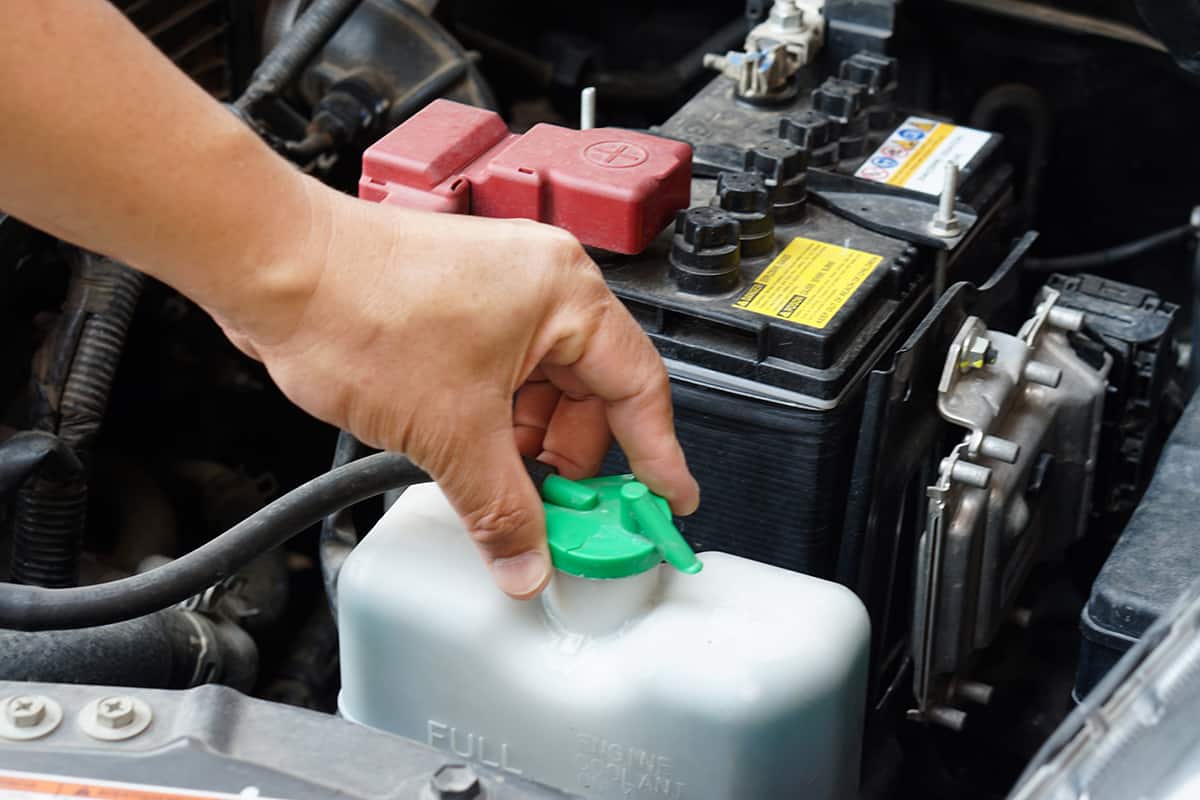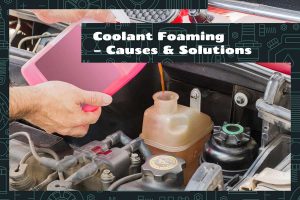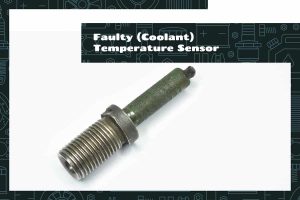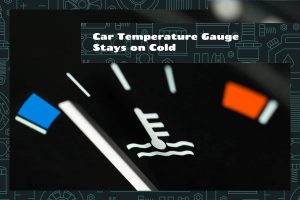The coolant absorbs heat from the engine and dissipates it through the radiator, preventing overheating and engine damage. When your car develops a coolant leak, it can lead to serious problems, even including engine failure.
Symptoms of coolant leaks include visible puddles under the car, unusually low coolant levels, engine overheating, and white smoke from the exhaust. Causes can range from worn-out hoses, a failing water pump to a damaged radiator. You can remedy the problem by identifying the source of the leak, applying a suitable sealant for minor leaks or seeking professional help for major leaks.
This guide provides an in-depth exploration of coolant leaks, elaborating on the various symptoms and root causes, as well as effective solutions.
Purpose of Coolant
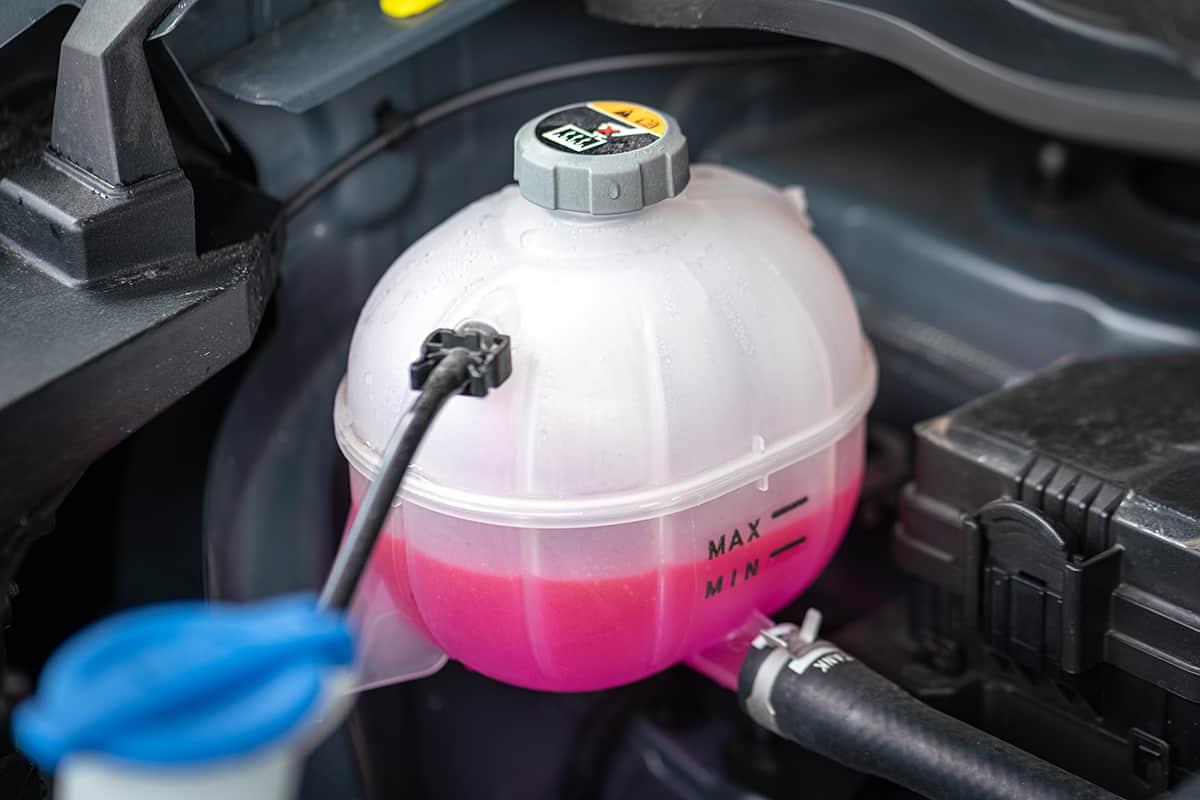
The engine generates tremendous heat due to combustion processes, and without an effective cooling system, it would quickly overheat, leading to engine damage or even failure. Coolant can help minimize this problem.
The coolant circulates throughout the engine, absorbing excess heat generated during operation. This heat is then transferred to the radiator, where it is dissipated into the surrounding air. The coolant then continues its loop back to the engine, ensuring the engine maintains a safe and consistent temperature range.
Hazards of Coolant Leaks
Coolant leaks pose several hazards to your vehicle and can lead to a series of engine-related issues if not promptly addressed.
A coolant leak can cause the coolant level to drop, reducing the system’s cooling efficiency. This can result in the engine overheating, leading to potential engine damage, including a blown head gasket, warped cylinder heads, or even complete engine failure.
Coolant leaks can cause the antifreeze to contaminate the engine oil. Since antifreeze and oil serve different functions and have different properties, this contamination can degrade the oil’s lubricating properties, leading to increased wear and tear on the engine’s moving parts.
If coolant leaks onto hot engine components, it can evaporate into steam, which may obscure the driver’s view and potentially lead to dangerous situations.
Symptoms of Coolant Leaks
You can avoid unnecessary and steep repair costs by identifying coolant leaks early. These are the symptoms to look for:
1. Visible Signs
Coolant is typically green, yellow, or orange, but its color can vary depending on the brand and type. It has a slightly sweet smell and a watery yet slippery feel. Puddles of coolant under your car are a clear sign that your vehicle is leaking coolant.
2. Low Coolant Level
Another telltale sign of a coolant leak is a consistently low coolant level in your car’s reservoir. It’s normal for the coolant level to fluctuate slightly with engine temperature, but if you notice that you frequently need to top off the coolant, you may have a leak.
3. Engine Overheating
If your car is leaking coolant, the cooling system’s efficiency decreases, leading to engine overheating. If you notice your temperature gauge consistently running high or an engine overheating warning light, it could indicate a coolant leak.
4. White Smoke or Steam from the Exhaust
In some cases, coolant might leak internally into the combustion chambers of the engine. When this happens, the coolant burns off and exits the vehicle through the exhaust as white smoke or steam.
5. Sweet Smell
Coolant has a distinct sweet and somewhat fruity smell. The smell comes from the ethylene glycol in the coolant, which has a sweet odor. As the coolant leaks and hits hot engine parts, it vaporizes, spreading the smell.
6. Heater Doesn’t Work
The same coolant that absorbs heat from the engine also provides heat for your car’s heater. If there’s a coolant leak, there might not be enough fluid to circulate through the heater core, and your heater may stop working or perform inefficiently. If you turn on the heater and it blows only cold air, check your coolant level, as you might be dealing with a leak.
Common Causes of Coolant Leaks
In order to rectify the problem of coolant leaks effectively, you first need to identify the root cause.
1. Radiator Leaks
The radiator is responsible for dissipating the heat absorbed by the coolant. Over time and without proper care, the radiator can develop leaks due to corrosion, damage from road debris, or simple wear and tear.
2. Water Pump Failure
The water pump is a robust component, but it can fail due to wear or a damaged seal. If the water pump is the source of the leak, you’ll likely see coolant dripping from the front center of your car. A faulty water pump may also produce a whining noise, especially when the car is idle.
3. Hose Leaks
Hoses guide the flow of coolant between the engine, radiator, and heater core. These hoses can wear out over time due to heat, pressure, and chemical exposure, causing them to crack, bulge, or become brittle. A leaking hose is often evident by a pool of coolant under your vehicle and may also lead to an overheating engine.
4. Thermostat Housing Leak
The thermostat housing can develop leaks due to a faulty gasket, cracks, or corrosion. If the thermostat housing is leaking, you may see coolant leaking around the area of the engine where the upper radiator hose connects.
5. Head Gasket Failure
The head gasket seals the junction between the engine block and cylinder head, preventing coolant and oil from mixing. A failing head gasket can lead to internal coolant leaks, which can be more challenging to identify. Symptoms can include white smoke from the exhaust, bubbly coolant in the reservoir, and a milky substance under the oil filler cap.
6. Heater Core Leaks
The heater core provides heat for your car’s cabin. Over time, the heater core can corrode or get clogged, leading to coolant leaks. A leaking heater core can cause fogging on the inside of your car’s windows, a sweet smell inside the cabin, and the car’s heater not working properly.
Addressing Coolant Leaks
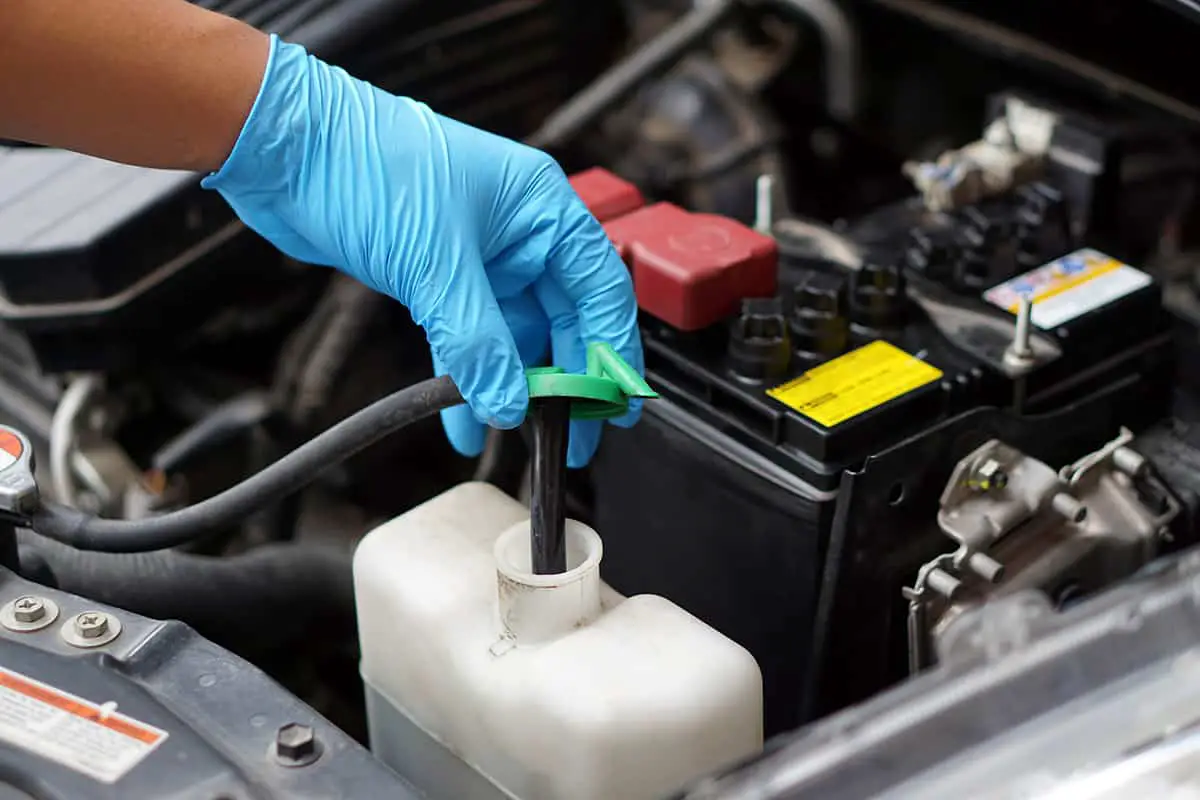
The first step in addressing a coolant leak is locating the source. As discussed in the symptoms section, visible puddles of coolant, a sweet smell, white smoke from the exhaust, or an overheating engine can all be indicators of a leak.
Once you’ve identified a potential coolant leak, visually inspect the components of the cooling system—the radiator, hoses, water pump, thermostat housing, and heater core.
Radiator Leak Repair
If the radiator is the source of the leak, it may be due to a small hole or crack, often caused by debris or corrosion. For minor leaks, radiator sealants available in the market can be used as a temporary fix.
Water Pump Leak Repair
Addressing a coolant leak from the water pump usually involves replacing the pump. This task requires draining the coolant, removing various engine components, and installing a new water pump.
Hose Leak Repair
For a coolant leak from a hose, the damaged hose needs to be replaced. This process generally involves removing clamps or connectors, removing the old hose, and installing a new one. It’s vital to ensure the replacement hose is of the correct size and type for your vehicle.
Thermostat Housing Leak Repair
Fixing a leak in the thermostat housing often involves replacing the housing or its gasket. It’s an intricate process as the thermostat is usually located in a hard-to-reach area.
Head Gasket Leak Repair
If the coolant leak is due to a faulty head gasket, it’s a serious issue. Repairing a head gasket is labor-intensive and involves disassembling significant parts of the engine.
Heater Core Leak Repair
For coolant leaks from the heater core, the core needs to be replaced, which can be a complex and time-consuming process as it’s typically buried deep within the dashboard.
Engine Block or Cylinder Head Crack Repair
Repairing a crack in the engine block or cylinder head is one of the most serious and complex auto repairs. It typically involves engine disassembly, crack repair, and engine reassembly, requiring professional mechanic skills and tools.
